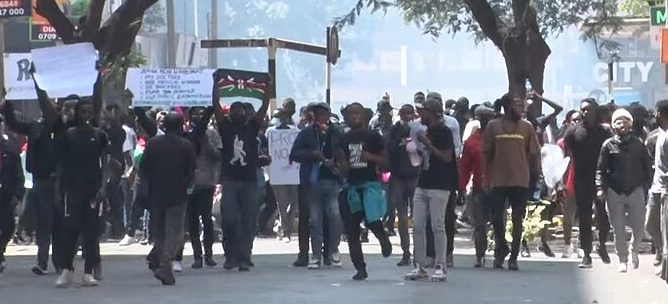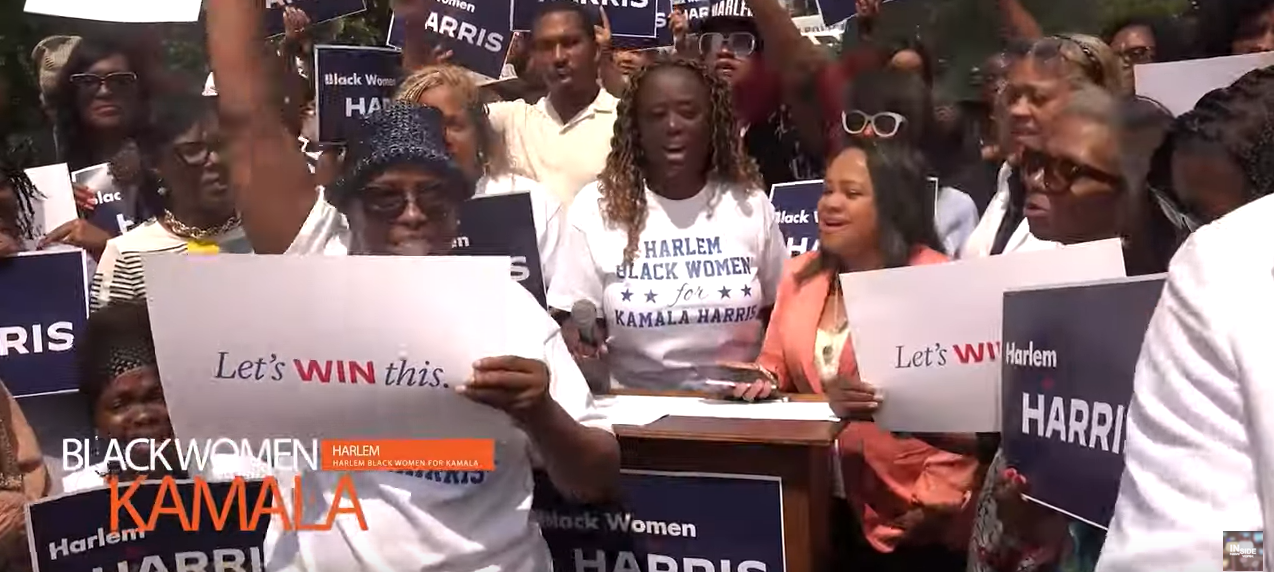The attack on Kenya
[Black Star Editorial]
The tragic attack on the mall in Nairobi that’s claimed the lives of at least 68 Kenyans, with 175 wounded, shows how a country can be vulnerable when faced with urban terror attacks.
There have been reports that the attackers, who are still holed in a section of the mall with hostages, could be Al-Shabab, which is reportedly linked with al-Qaeda. The group has taken responsibility.
There had been low-level attacks attributed to Al-Shabab previously. The Somalian group vowed revenge after Kenya sent thousands of troops across the border of its troubled neighbor.
Somalia has not had a stable government since the collapse of Gen. Muhammad Siyad Barre’s dictatorship in 1991. Somalia’s power struggles was compounded by invasion by Ethiopia, which wanted to crush what was referred to as an Islamist regime, or the Islamic Courts Union; the U.S. under George W. Bush not only gave Ethiopia the greenlight but according to leaked memos by Wikileaks pressured it into the invasion. Ethiopia, war-weary eventually withdrew.
An earlier U.S. intervention to try and stabilize Somalia at a time of famine had ended badly with the Blackhawk helicopter downing. The U.S. in recent years feared that a power vacuum in Somalia made the country a potential haven for militant groups that were opposed to American interests and allied with al-Qaeda.
The Al-Shabab are considered to be such a group by the U.S. After the defeat of the Islamic Courts Union, Al-Shabab became dominant and has been fighting against the U.S. and African Union supported Transitional Federal Government of Somalia (now the Federal Government of Somalia).
American direct involvement became impossible after Blackhawk so the work was outsourced, first to Ethiopia. The Bush administration was criticized for working with Ethiopia under Prime Minister Meles Zenawi given his abysmal human rights record.
After Ethiopia withdrew, the work was outsourced to Uganda, a country with an even worse record of rights abuses. Uunder the dictatorship of Gen. Yoweri K. Museveni as many as 8,000 Ugandan troops were sent to fight groups such as Al-Shabab at the behest of the U.S., under Bush. The cost is paid for by the United States. In return, the U.S. turns a blind eye to human rights abuses of political repression against Ugandan opposition parties by Gen. Museveni, who has now been 27 years in power.
In recent years, the Museveni regime overplayed its card. Last year it became clear that the United Nations Group of Experts was about to release a report showing that Uganda and Rwanda, not only armed and trained a terror militia called M23, but also recruited its fighters from within each country. M23 has been committing war crimes in Congo. Hoping to block the UN report, Uganda threatened to withdraw its troops from the Somalia stabilization operation.
The U.S. concluded that Gen. Museveni was becoming an unreliable and unpalatable partner in the “war on terror”; given that Gen. Museveni, together with Rwanda’s Gen. Paul Kagame, were actually financing terror and plunder in Congo.
Gen. Museveni’s and Gen. Kagame’s motives are purely profit. By manufacturing genocidal mayhem in eastern Congo, they get to loot –using their respective armies– Congo’s gold, diamonds, coltane, timber and elephant tusks. M23, is merely a cover, disguised as home-grown Congolese “rebels” when in fact it’s the advance army, paving the way for plunder, for both Museveni and Kagame.
The U.S. needed an alternative partner for the Somalia mission, given the negative publicity associated with Museveni as a result of the U.N. reports’ exposing Uganda’s role in the creation of M23.
Enter Kenya.
In recent years Kenya had directed its attention to Somalia to stem the spillover of the war across its borders. The U.S. increased military cooperation with Kenya and training of security forces.
Kenya was still recovering from the bloody 2008 Presidential election. Earlier this year it held another election. Both President Uhuru Kenyatta and Deputy President William Ruto are under trial at the ICC in connection with atrocities that accompanied the 2008 election. Yet, Kenya is well along the path towards democratization relative to Uganda and so is a preferrable U.S. partner.
In 2012 Kenya escalated its involvement in Somalia. It openly sent troops across the border to fight Al-Shabab. And in September 2012, Kenyan marines shelled Kismayo, the last major Somali urban area then still held by Al-Shabab. Kenyan sea-borne troops then landed and captured the city.
At the time Al-Shabab again vowed revenge.
In Uganda, Al-Shabab was suspected of being behind an attack at a sports club in Kampala, the Ugandan capital, that killed dozens of people who had been watching televised World Cup soccer games in 2010.
Yet Uganda may have been spared more attacks because of the country is farther from the conflict, unlike Kenya which shares a long border with Somalia.
The attack on the Nairobi mall could be the opening of a tragic chapter.
National armies are held under certain rules of engagement, even when they don’t always adhere to them and in fact often abuse them. Militant armed groups like Al-Shabab don’t observe any such rules as the attack on the mall shows; unarmed women, children and men were targeted. Some eye witnesses report that Muslims were allowed to leave.
It’s extremely difficult for a conventional army to fight against a force that observes no rules of engagement. Nairobi is a huge city with more than 3 million people.
Ultimately, stability throughout East Africa can only be guaranteed if Somalia becomes stable. Otherwise there’s a danger Somalia’s woes could be exported to other East African countries.








